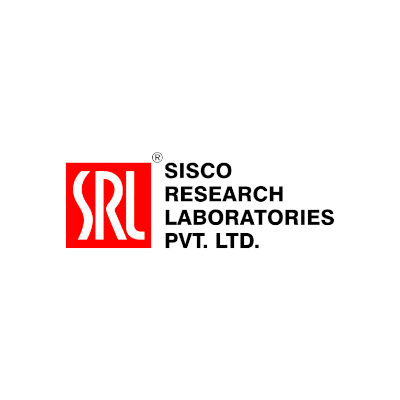{{ isErrorSetToBasket === false ? 'Товар добавлен вкорзину' : 'Не удалось добавить товар в корзину'}}
Перейти в корзину
{{Object.keys(error)[0]}}:
{{Object.values(error)[0]}}
Цена По запросу
Количество
Вы уже добавили максимально доступное на складе кол-во товара
Достигнуто максимально доступное кол-во
Под заказ
{{!!storageProduct ? 'На складе' : 'Под заказ'}}
Ожидается поставка
Description_x000D_
Biochem/physiol Actions_x000D_
There is evidence that a group of closely related nuclear receptors, called peroxisome proliferator-activated receptors (PPARs), may be involved in chronic diseases such as diabetes, obesity, artherosclerosis and cancer. The PPARs were first cloned as the nuclear receptors that mediate the effects of synthetic compounds called peroxisome proliferators on gene transcription. It soon became clear that eicosanoids and fatty acids can also regulate gene transcription through PPARs. They bind a specific element in the promoter region of target genes only as a heterodimer with the receptor for 9- cis retinoic acid, RXR (retinoid X receptor). Binding of the ligand of either receptor can activate the complex, but binding of both ligands simultaneously is more potent. Three PPAR isotypes have been identified: α, β (also called NUC1) and γ. PPARα is expressed most in brown adipose tissue and liver, then kidney, heart and skeletal muscle. PPARγ is mainly expressed in adipose tissue, and to a lesser extent in colon, the immune system and the retina. PPARβ is found in many tissues but the highest expression is in the gut, kidney and heart. PPARβ has received little attention, probably because of the lack of a connection with important clinical manifestations. However, recently PPARβ has been linked to colon cancer, among other functions. PPAR regulates the expression of acyl-CoA synthetase 2 in the brain, linking PPARβ to basic lipid metabolism. Moreover, it probably participates in embryo implantation and decidualization._x000D_
Physical form_x000D_
Clear and colorless frozen liquid solution_x000D_
Preparation Note_x000D_
Use a manual defrost freezer and avoid repeated freeze-thaw cycles. While working, please keep sample on ice.
- biological source human recombinant














